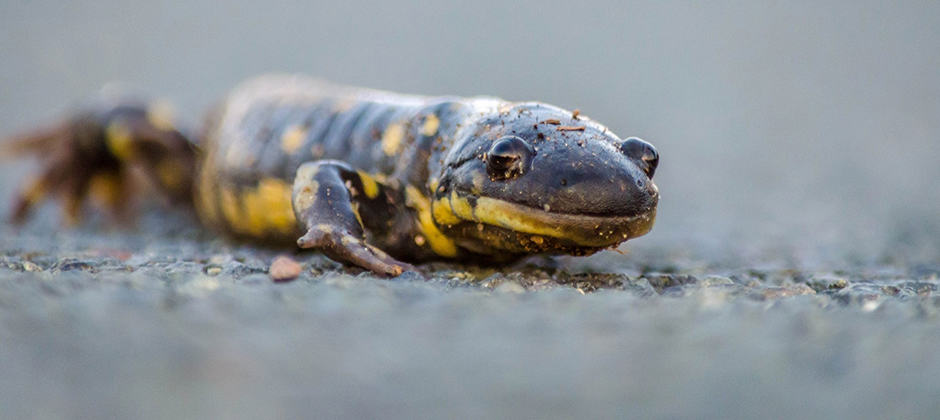Share this article
Endangered salamanders benefit from wetland restoration
The endangered tiger salamanders, the largest American terrestrial salamander, is making a comeback in Maryland, according to the department’s spring 2020 surveys keeping track of their breeding. “They are having a great year, and it’s great to see them concentrated in the areas where we have restored the natural wetlands they need to survive,” said Scott Smith, a biologist with the Maryland Department of Natural Resources. Loss of Delmarva bays — a unique type of depression wetland on Maryland’s Eastern Shore — and loss of surrounding forests have caused the tiger salamanders (Ambystoma tigrinum) to decline. But the Maryland DNR has been working to restore the wetlands by returning hydrology and vegetation to their natural condition. Recent monitoring of egg mass counts in their preferred wetlands suggest salamander breeding has increased. The next step, according to the agency, is to restore bays that will help connect known tiger salamander breeding ponds. “It’s great to see them having such a great year,” Beth Schlimm, a biologist with the agency said. “They are really responding well to their restored habitat. If they keep this up, one day we hope to declare them recovered and take them off the endangered species list.”
Header Image: Tiger salamanders are increasing in Maryland with the help of wetland restoration. © Caitlin Smith/USFWS








